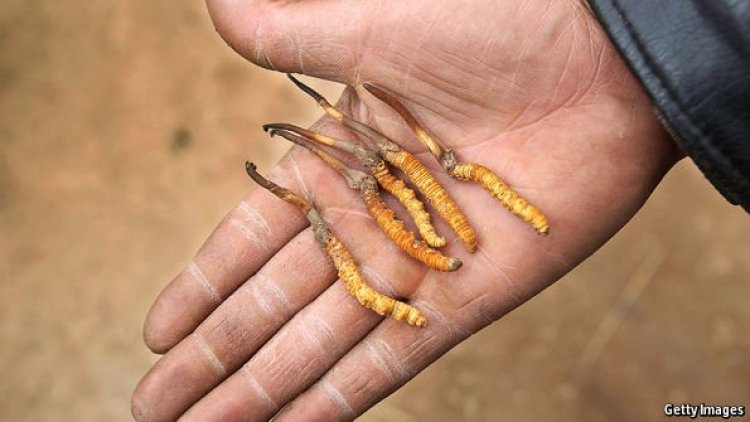This Vulnerable Species Of Viagra Costs Rs 20 Lakh A Kilo
Himalayan Viagra:It is a category of caterpillar fungus that are inhabitants of altitudes higher than 10,000 feet. They are generally found in the wild and cannot be cultivated in a laboratory.

One of the costliest fungi around the world, Himalayan Viagra Ophiocordyceps Sinensis which is locally known as "Keeda Jadi" and "Yarsagumba" in Nepal because of its worm-like appearance is sold up to 10 lakh Rs/kg locally and can fetch more than 20 lakh for a kg in the international market like China. It is a category of caterpillar fungus that are inhabitants of altitudes higher than 10,000 feet. They are generally found in the wild and cannot be cultivated in a laboratory.
The fungus has been primarily in use for thousands of years due to its aphrodisiac properties, which can treat problems like erectile dysfunction and act as a female aphrodisiac. Not just this, it has also been known to heal patients with malignant tumors, bronchial asthma, bronchitis, and diabetes. It is effective in dealing with various other renal, respiratory, heart, and liver diseases. The research on this fungus claims that it has more than 30 bioactive components, including anti-tumor, anti-depressant, and anti-inflammatory ones. The fungus can also improve endurance and learning memory.
It is usually found in Himalayan and Tibetan regions, narrowing its presence in China, Nepal, Bhutan, and India. India hosts this fungus in the Pithoragarh and Chamoli districts of Uttarakhand state, where the natives often collect them during the month of May and June. The villagers often take permission passes from respective district administrations to collect these fungi. The activity is prevalent and is one of their primary livelihood sources for the residents of the area.
This had led to its overharvesting by the local people pushing it into the Vulnerable category of IUCN's red list in 2020. The IUCN also stated the reason for this step was due to a thirty percent reduction in its availability in the past 15 years. The collection also fell further due to covid protocols but is expected to show a hike in this year's yield. Sanjeev Chaturvedi, Chief conservator of forest search in Uttarakhand stated "Our team went to Sunderdhunga area of Bageshwar district to search for Keeda Jadi and found a good yield, more people will go to higher yield soon," as reported by Times of India.








































